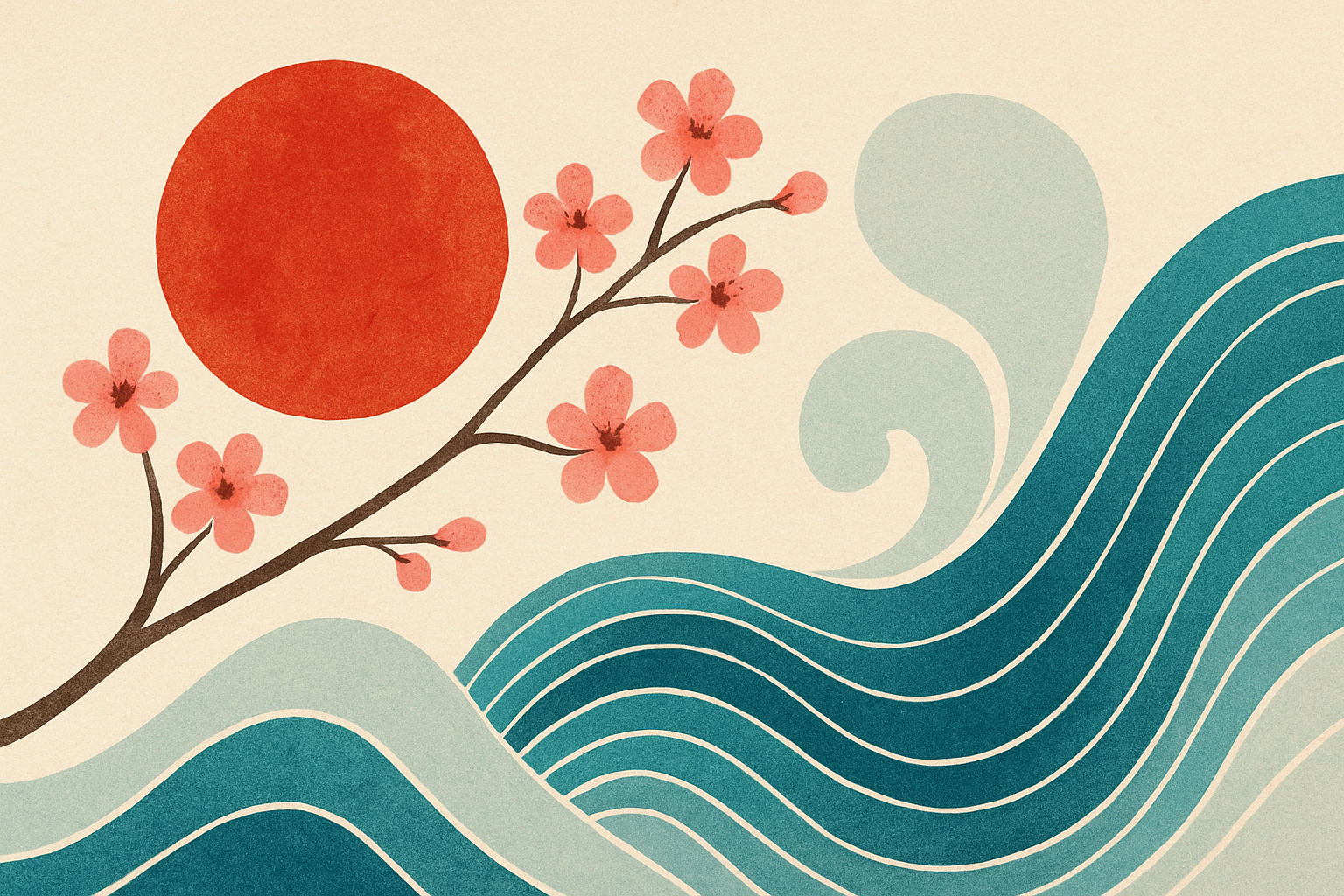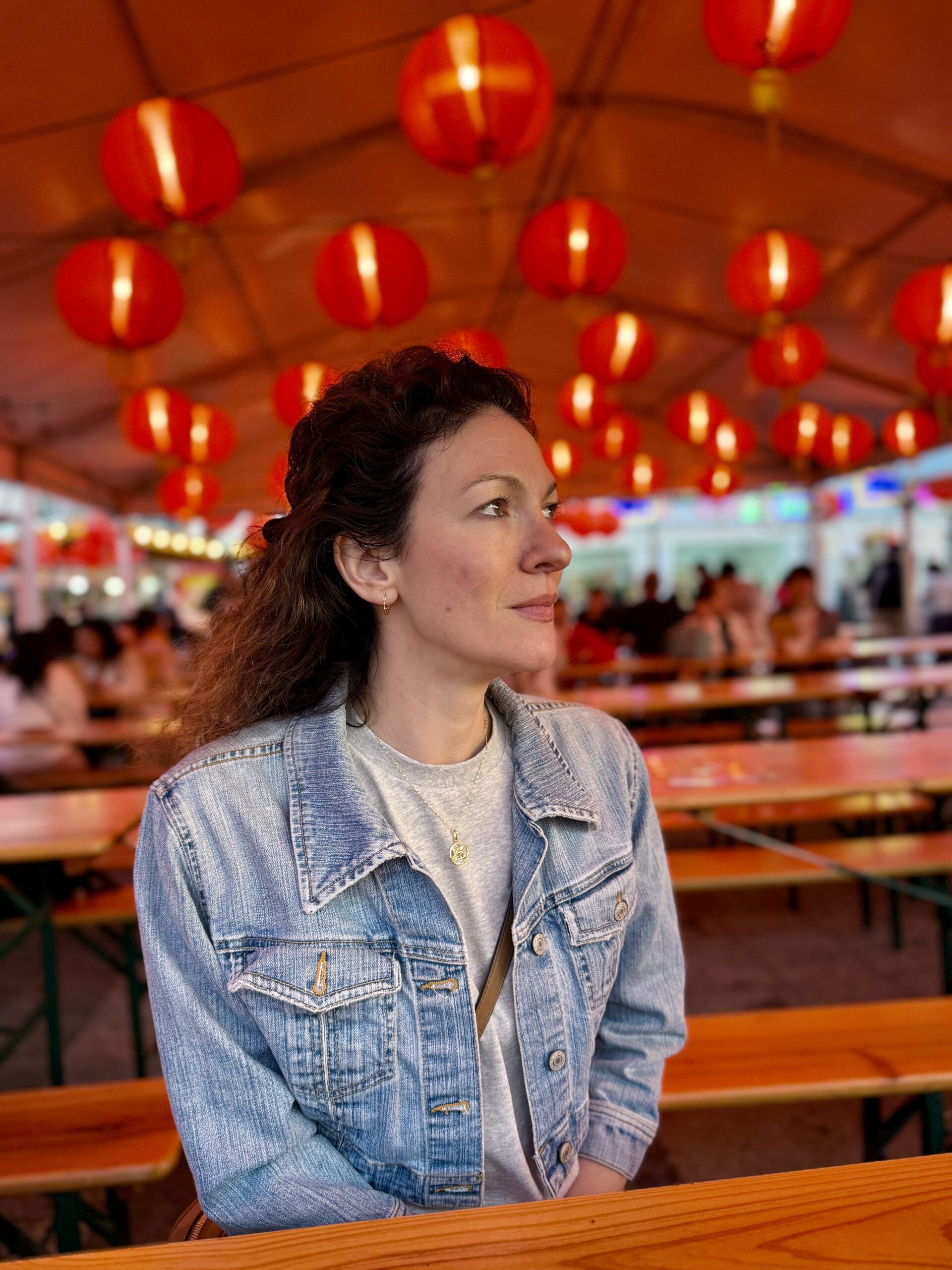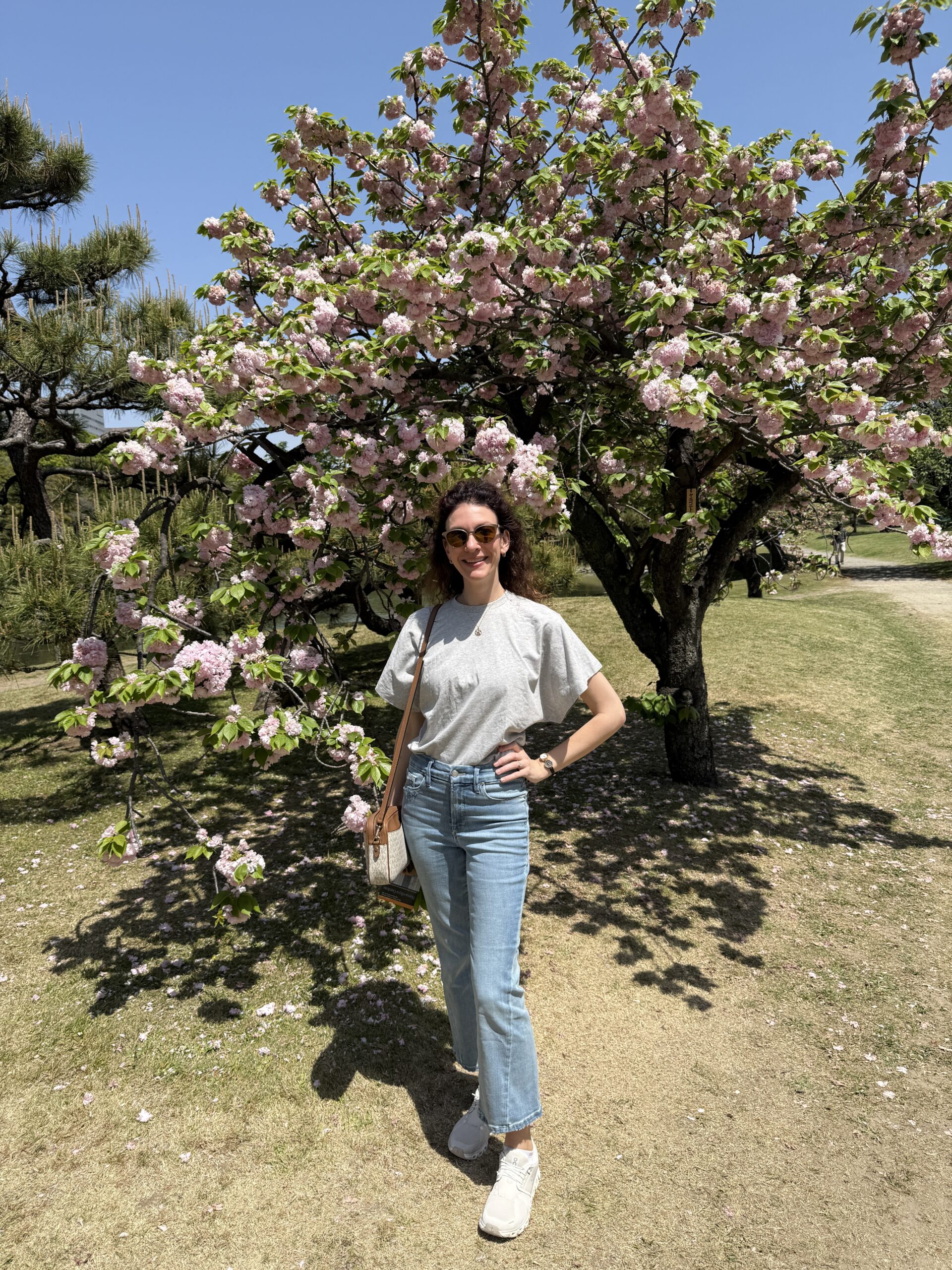
When I booked my trip to Japan, I was craving something I couldn’t quite name. A reset, yes—but deeper than that. I was looking for something more fundamental: a shift in rhythm. What I discovered during my 10 days in Japan was not just cultural difference, but an invitation to rethink how I relate to time, nourishment, and my own body.
As a naturopathic doctor, I often talk with patients about healing as a return to rhythm. This journey showed me what it looks like to live inside a collective rhythm—and how that rhythm can create a sense of peace and coherence I didn’t realize I was missing.
Rhythm in Motion: The Healing Pace of a City
Tokyo is considered the largest city in the world by population, with over 37 million people in its greater metro area. You would expect chaos. What I found was something entirely different: harmony.
The public transportation system was not only clean and efficient, it was nearly silent. Trains ran on time to the second. People waited in orderly lines. No pushing, no loud conversations. There was a kind of collective choreography that spoke to something deeper than order—it reflected mutual respect, awareness, and cultural accountability.
From a nervous system perspective, it was fascinating. Our systems seek cues of safety in our environment. Predictability, calm tones, gentle movement—all of these signaled safety. My Western-trained, often overstimulated nervous system began to recalibrate. I felt myself slow down. I felt held.
This is something I now reflect on often with patients: How does your environment support (or hinder) your nervous system’s sense of safety?
Moments of Stillness: Ritual in the Everyday

Amidst the rush of the city, there were pockets of stillness. I found myself regularly slipping into Zen gardens, Buddhist temples, or Shinto shrines. These weren’t just tourist stops—they were living, breathing rituals of pause.
One morning in Kyoto, I sat by a koi pond in a 1000-year-old garden and simply listened. The breeze moved the trees. The water trickled over stones. I felt more present in my body than I had in weeks. These spaces reminded me that wellness doesn’t always require effort. Sometimes it simply asks for a return to the moment.
Bringing this home might look like:
- A short daily pause in nature
- Creating quiet corners in your home
- Practicing breath awareness before meals
These micro-rituals can recalibrate the body more powerfully than we realize.
Food as Medicine: Fermentation, Variety, and Digestion
I was continually impressed by the variety of food in traditional Japanese meals. At nearly every sitting, I was served no fewer than 10 different small dishes—each one thoughtfully prepared, full of color and texture.
Despite consuming more raw fish and beef than I usually do, I experienced zero digestive upset. As someone who deeply understands the digestive process, I quickly realized why: these meals were designed with the gut in mind.
Most notably, nearly every meal ended with a small serving of pickled vegetables. These naturally stimulate gastric acid production, supporting the breakdown of proteins and helping the body kill off unwanted microbes. In Western nutrition, we might call this “bitters before a meal.” In Japan, it’s a built-in ritual.
Takeaway for home:
- Add a teaspoon of apple cider vinegar in water before meals
- Include fermented foods like kimchi, sauerkraut, miso, or pickled veggies
- Slow down, chew thoroughly, and honor the meal as part of your healing
The Onsen Experience: Communal Healing Through Water
One of the most healing aspects of my trip was the opportunity to spend several days soaking in natural hot springs, known as onsen. These are more than just baths. They are ritual.
Onsens are communal spaces (yes, fully nude) where people come to relax, release, and reconnect with nature. The water is geothermally heated and mineral-rich, offering benefits for sore muscles, inflammation, circulation, and skin health.
What struck me most was how normalized it was—how integrated into everyday life. No rushing, no devices, no multitasking. Just warmth, water, and presence.
Try this at home:
- Take a hot bath in silence
- Add Epsom salts and a few drops of essential oil
- Dim the lights. Put your phone away
- Just soak. Just breathe
Even a 15-minute soak once or twice a week can support nervous system regulation and help reset the stress response.
Rewriting the Script on Rest
In the West, we often treat rest like a reward. In Japan, I saw rest as integrated, not earned. People bowed when entering spaces. Meals began in silence. Even in the bustle of city life, there was an underlying reverence.
Rest, ritual, and rhythm were not separate from daily life. They were daily life.
It wasn’t about perfection. It was about practice. About awareness. About weaving slowness and care into even the smallest of actions.
As I return to my practice at Naturopathic Nevada, I carry this with me. Healing isn’t just about doing more. Sometimes it’s about shifting how we move through our lives.
Ready to Tune In?

If this reflection sparked something in you, you’re not alone. Your body wants rhythm. Your nervous system wants peace. Your digestion wants ritual.
Let’s work together to bring that home.
Follow along at @dr.syd.nd and @naturopathicnv for more reflections, or book a virtual consultation today.
Subscribe to the NNV Newsletter below.
